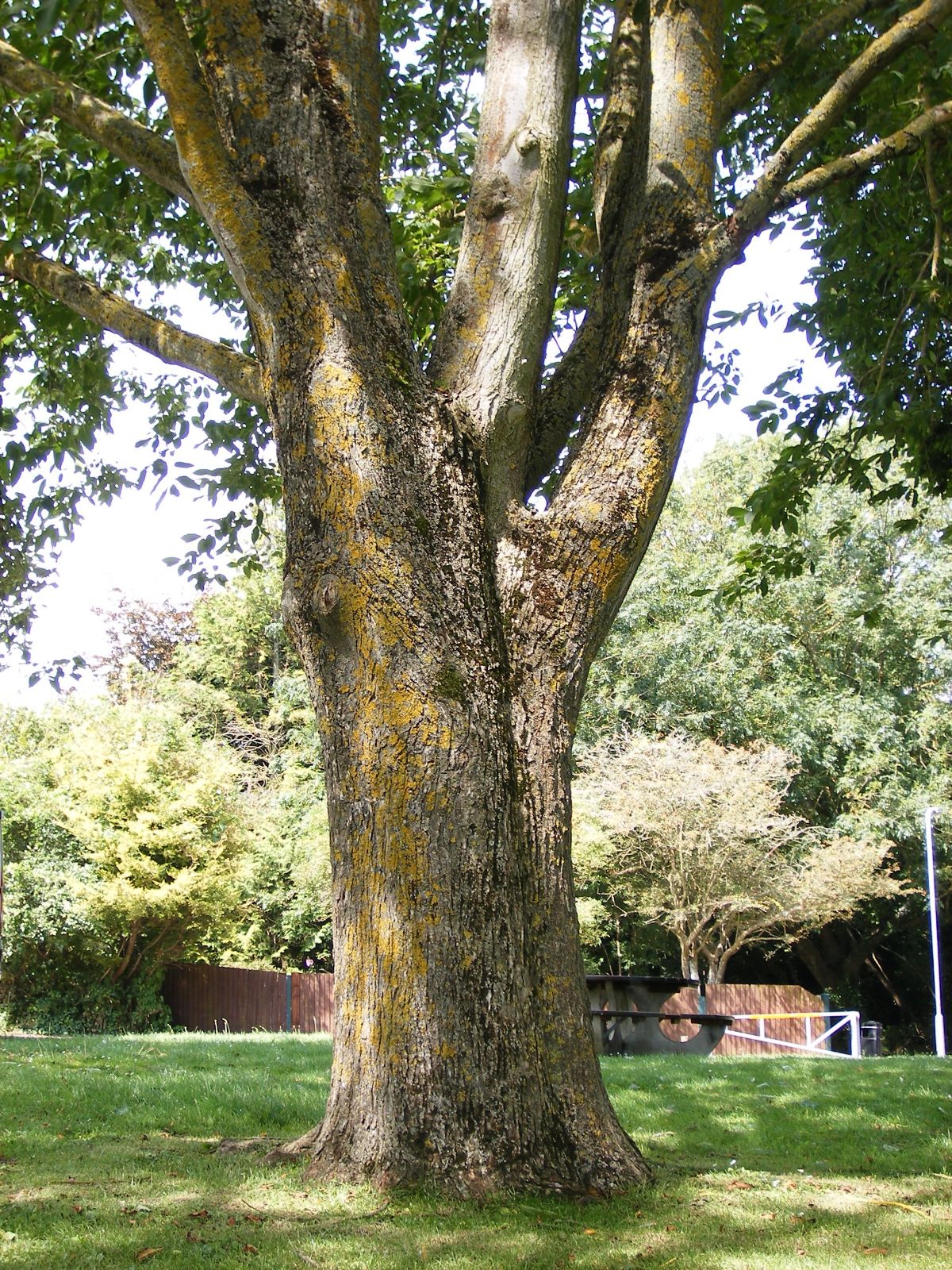Ulmus wallichiana
Credits
Article from Bean's Trees and Shrubs Hardy in the British Isles
Recommended citation
'Ulmus wallichiana' from the website Trees and Shrubs Online (treesandshrubsonline.
Genus
Synonyms
- U. erosa Wall. Cat., not Roth
Other taxa in genus
- Ulmus americana
- Ulmus angustifolia
- Ulmus bergmanniana
- Ulmus campestris
- Ulmus canescens
- Ulmus carpinifolia
- Ulmus castaneifolia
- Ulmus chenmoui
- Ulmus coritana
- Ulmus crassifolia
- Ulmus davidiana
- Ulmus elliptica
- Ulmus gaussenii
- Ulmus glabra
- Ulmus glaucescens
- Ulmus × hollandica
- Ulmus japonica
- Ulmus laciniata
- Ulmus laevis
- Ulmus lamellosa
- Ulmus macrocarpa
- Ulmus parvifolia
- Ulmus plotii
- Ulmus procera
- Ulmus pumila
- Ulmus rubra
- Ulmus serotina
- Ulmus szechuanica
- Ulmus thomasii
- Ulmus villosa
- Ulmus 'Viminalis'
- Ulmus wilsoniana
A tree to 100 ft in the wild; branchlets slender, downy at first, becoming glabrous and dull brown or yellowish brown; buds narrowly ovate, acute, the scales ciliate and with some down on the back. Leaves three to five on the short shoots, more or less elliptic, acuminate at the apex, slightly unequal at the base, the larger leaves 23⁄8 to 5 in. long, 1 to 23⁄8 in. wide, slightly scabrid above, sparsely to densely downy beneath, with small axillary tufts, margins doubly serrate, the teeth convex on the back, with one to three secondary teeth; lateral veins in fifteen to seventeen pairs on the larger leaves; petiole up to 3⁄8 in. long, downy. Flowers before the leaves; inflorescence with a distinct central axis up to about 1⁄2 in. long, which, like the pedicels, is densely hairy; perianth-segments five or six, hairy on the back and at the edge. Samaras orbicular to obovate, slightly hairy to almost glabrous; seed at the centre.
Native of the Himalaya, from Kashmir to Nepal. In Kashmir it overlaps with U. villosa (q.v.), which has short shoots with more numerous leaves, these not much more than 4 in. long, acute or gradually acuminate and more evenly biserrate, the serrations not convex on the outside and with three to seven secondary teeth. In var. tomentosa Melville and Heybroek the buds, young branchlets and leaf-undersides are more densely hairy and the samaras uniformly hairy on the surface and at the margins.
subsp. xanthoderma Melville & Heybroek – Branchlets becoming orange-or yellow-brown, glandular at first, not hairy. Inflorescence slightly glandular, almost glabrous. Samaras with a few glandular hairs. Of more western distribution than subsp. wallichiana, from Afghanistan to Kashmir. For a comment on this variety, see Flora Iranica, Part 142 (1979), p. 4.
U. wallichiana is in cultivation in Britain, but little known. Its chief importance would appear to be as a possible source of genetic factors for resistance to Dutch elm disease. The clone introduced to Holland from the Arnold Arboretum in 1930 proved tender, but its offspring showed promising characters and in 1960 Dr H. M. Heybroek of the Forest Research Station ‘De Dorschkamp’ at Wageningen visited the Himalaya to collect hardier provenances. See further in Melville and Heybroek, op. cit., pp. 5, 8–14, on which this account is based.


